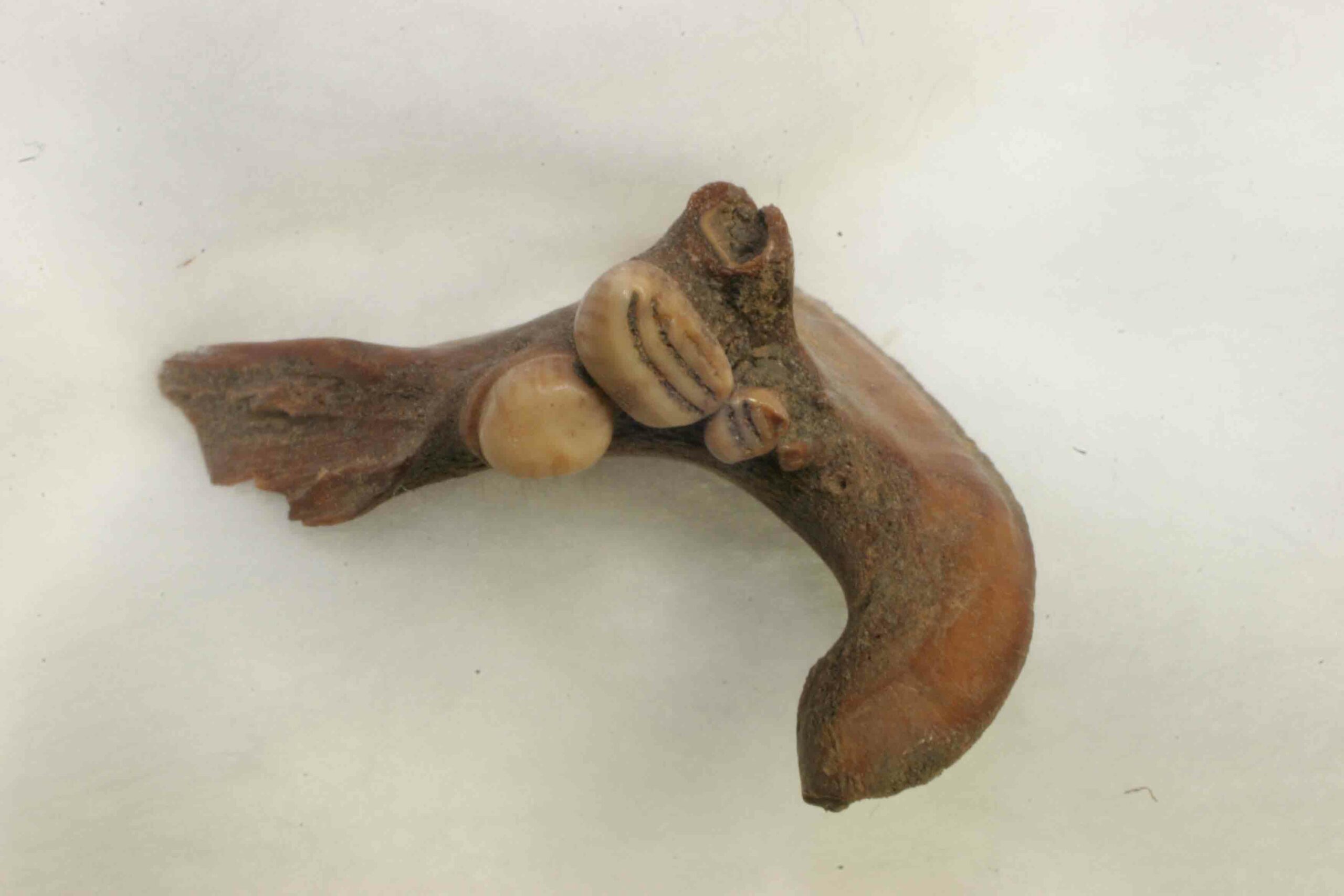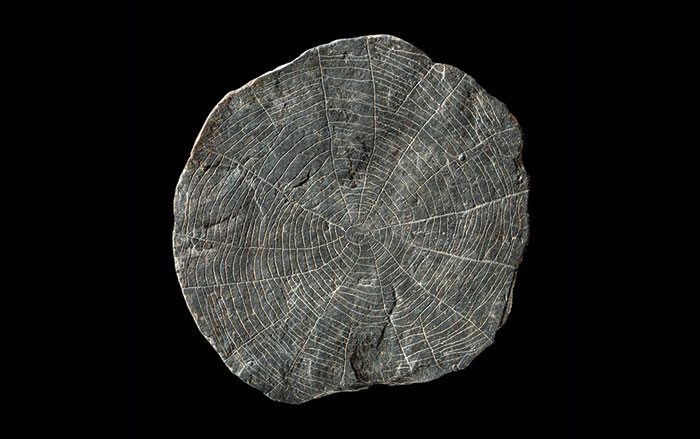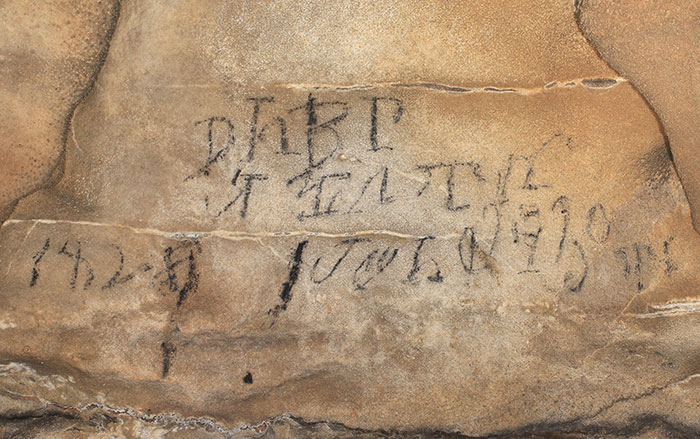ZHENGZHOU, CHINA—Xinhua reports that researchers led by Zhao Feng of the China National Silk Museum developed a technique called enzyme-linked-immunosorbent assay (ELISA) to detect the presence of silk in carbonized residue in a burial at the Neolithic Wanggou site in central China. The fabric is thought to have been used to wrap the body before it was placed in a silkworm pupa-shaped coffin for burial. Zhao thinks the shape of the coffin may have been intended to evoke rebirth after death in the same manner that a silk moth breaks through its cocoon. Gu Wanfa of the Zhengzhou Municipal Research Institute of Cultural Relics and Archaeology explained that the fabrics at Wanggou indicate that silk production was well developed in China between 5,300 and 5,500 years ago. Examination of the sample with an electron microscope revealed fine yarns woven with four-warp twisted rods, and the yarns had been dyed before they were woven into fabric, which was then “cooked” to prevent the dye from fading, Gu added. To read about a second-century B.C. silk topographical map recovered from a tomb in southeastern China, go to "Mapping the Past: Han Dynasty Map."
Silk Fabrics Detected in Neolithic Burial in Central China
News December 4, 2019
Recommended Articles
Digs & Discoveries March/April 2020
China's Carp Catchers

Digs & Discoveries November/December 2025
BYOB(oar)

Features September/October 2025
Here Comes the Sun
On a small Danish island 5,000 years ago, farmers crafted tokens to bring the sun out of the shadows

Digs & Discoveries July/August 2025
Neolithic Neophytes

-
Features November/December 2019
Artists of the Dark Zone
Deciphering Cherokee ritual imagery deep in the caves of the American South
 (Alan Cressler)
(Alan Cressler) -
Letter from Jordan November/December 2019
Beyond Petra
After the famous city was deserted, a small village thrived in its shadow
 (Ivan Vdovin/Alamy Stock Photo)
(Ivan Vdovin/Alamy Stock Photo) -
Artifacts November/December 2019
Australopithecus anamensis Cranium
 (Dale Omori/Cleveland Museum of Natural History)
(Dale Omori/Cleveland Museum of Natural History) -
Digs & Discoveries November/December 2019
Proof Positive
 (Erich Lessing/Art Resource)
(Erich Lessing/Art Resource)



